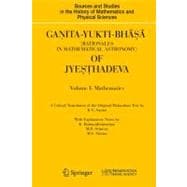
| Introduction | |
| Introduction to ILC: Concepts, Schematics and Implementation | |
| Robust Optimal ILC Design for Precision Servo: Application to an XG++Y Table | |
| ILC for Precision Servo with Input Nonlinearities: Application to a Piezo-actuator | |
| ILC for Process Temperature Control: Application to a Water Heating Plant | |
| ILC with Robust Smith Compensator: Application to a Furnace Reactor | |
| Plug-in ILC Design for Electrical Drives: Application to PM Synchronous Motor | |
| ILC for Electrical Drives: Application to a Switched Reluctance Motor | |
| Optimal Tuning of PID Controllers Using Iterative Learning Approach | |
| Calibration of Microrobot Inverse Kinematics Using Iterative Learning Approach | |
| Table of Contents provided by Publisher. All Rights Reserved. |
The New copy of this book will include any supplemental materials advertised. Please check the title of the book to determine if it should include any access cards, study guides, lab manuals, CDs, etc.
The Used, Rental and eBook copies of this book are not guaranteed to include any supplemental materials. Typically, only the book itself is included. This is true even if the title states it includes any access cards, study guides, lab manuals, CDs, etc.